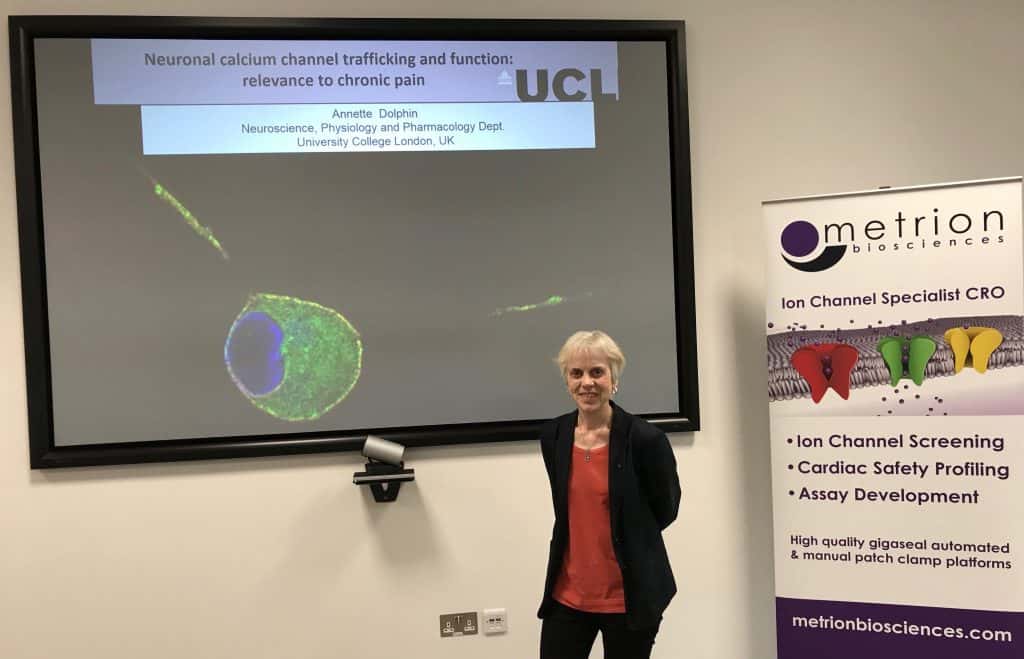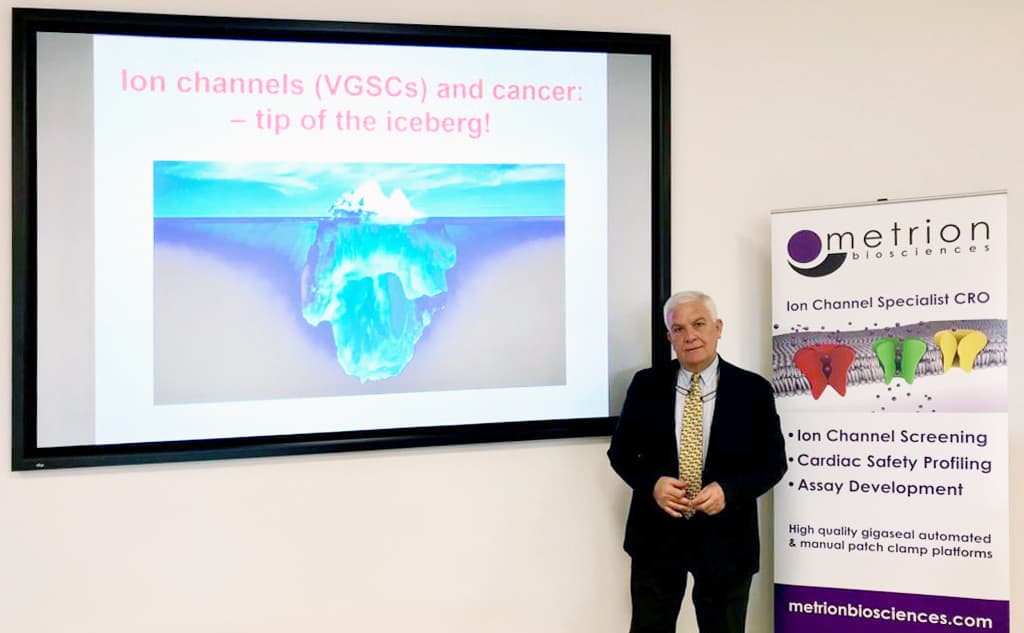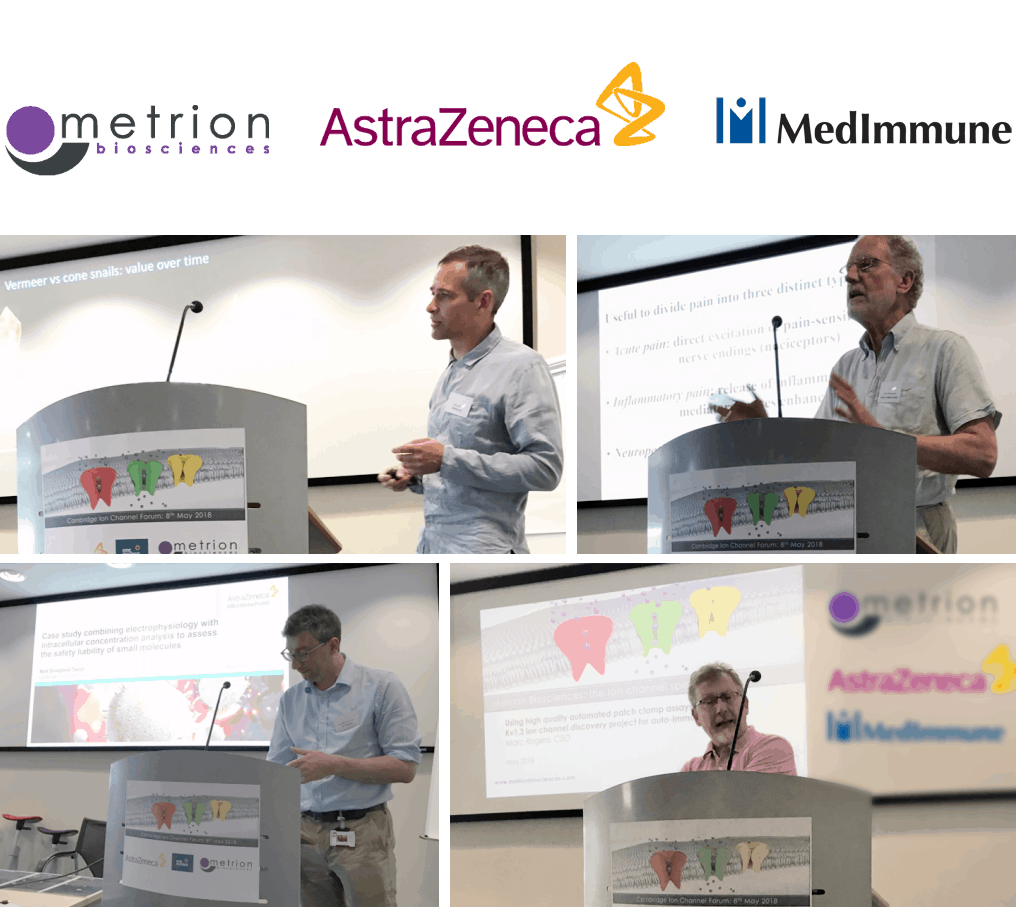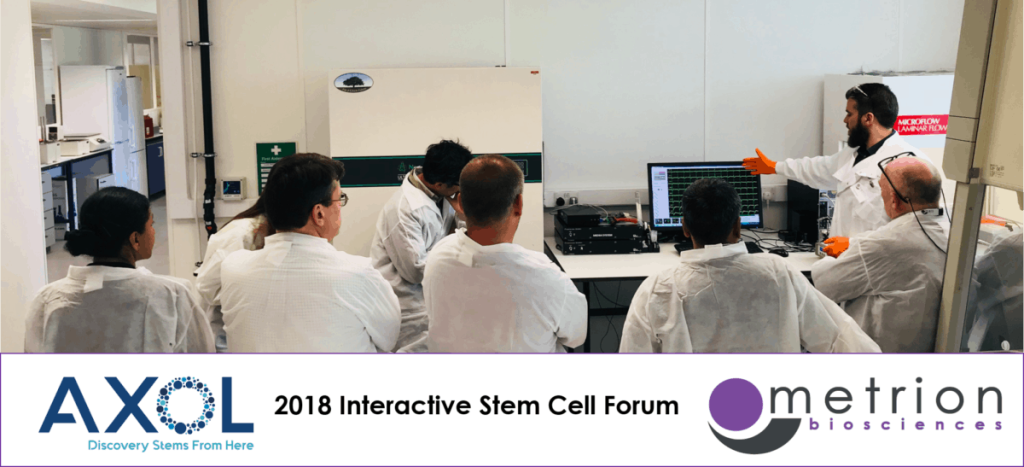External Speaker Series presentation featuring Professor Annette Dolphin
Professor Annette Dolphin, Metrion Biosciences Scientific Advisory Board member and seventh presenter in our external speaker series, gives her perspective on her research into neuronal voltage-dependent calcium channels.

How and when did you first become interested in neuropharmacology?
In the second year of my Biochemistry degree in Oxford, during my Diploma in Chemical Pharmacology. As far as I remember, it was mostly about the differences between the effects of hexamethonium and decamethonium, but it seemed fascinating to me at the time.
What attracted you to your current research focus of neuronal voltage-dependent calcium channels?
I did postdoctoral research on G-protein coupled receptors and their downstream effects. Many Gi/o-coupled receptors act at synaptic terminals to cause presynaptic inhibition, and one of the targets is the presynaptic voltage-gated calcium channels. That is initially why I became interested in calcium channels and their modulation by G protein activation.
Can you describe how the α2δ and β subunits modulate these channels?
Both α2δ and β subunits increase trafficking of the channels in different ways. β subunits appear to aid folding of the channels and protect them from endoplasmic reticulum-associated proteasomal degradation. Exactly how the α2δ subunits increase trafficking is still unknown. Both subunits also affect the channel voltage-dependent and kinetic properties in ways that depend somewhat on the isoform of the subunit, since there are four different β subunits, and the same number of α2δ subunits.
To what extent are the mechanisms of action of the drugs binding to α2δ and β subunits understood?
All our studies are consistent with the hypothesis that gabapentin binds to α2δ-1 (and α2δ-2) and reduces the trafficking of α2δ-1 and the associated channel. Some of our data indicates an interference of forward trafficking at the level of recycling endosomes. Data from others have also put forward other mechanisms of action of gabapentin. It would be terrific to get a structure of a channel with gabapentin bound to α2δ-1.
Do you think that disrupting calcium channel trafficking by targeting the beta subunit has a therapeutic potential?
This has been tried in various studies, and I always thought it had promise. One problem is that the interaction between β and the I-II linker of the α1 subunit occurs in a binding groove on β, which would be difficult to disrupt with a small molecule. Another problem would be how to get specificity as the β subunit binding site is quite conserved between the different channel α1 subunits.
What are your future research plans in this field?
I am very interested in defining exactly how α2δ subunits work and how neuronal calcium channels are targeted to specific sites.
What do you think are the remaining issues to solve to create a Cav2.2 clinical compound?
Selectivity, affinity, access to dorsal horn terminals for the alleviation of chronic pain.
What made you choose to stay in academia rather than going into industry?
I don’t think I could have toed the line in industry, and I enjoy following a consistent line of research, driven by the previous findings of my own group and others. It is a great privilege to have been able to do this.
Do you feel that pharmaceutical companies do enough to engage with academics and embrace their findings?
No, but the reverse is also true.
How do you feel that the landscape of academia has changed in recent years?
Yes, I think academic pursuits have been down-graded, as a result of universities turning into businesses. The importance of demonstrating immediate “impact” of research is over-stressed. In my view we should concentrate on getting basic research right.
Why do think ion channels have been a difficult drug target class for the pharmaceutical industry?
It is fascinating that dihydropyridines and other calcium channel blockers are very useful drugs, but their target was discovered after the drugs were identified; similarly local anaesthetics. The same is true when we think of drugs targeting auxiliary subunits (like gabapentinoids binding to α2δ and sulphonylurea binding to SUR regulatory subunits of KATP channels). The α2δ subunits would never have been thought of ab initio as a potential drug target. So finding drugs that target ion channel function is not impossible, and should become easier with higher throughput techniques.
Acknowledgements
Metrion Biosciences’ External Speaker Series was established as a forum for leading academic researchers to present their latest research to our staff and staff from other companies in the Cambridge area. The Metrion team welcomes suggestions for future speakers and topics via: this link.
You can also sign up for Metrion biosciences update via: this link. You can alter your preferences or unsubscribe at any time.




